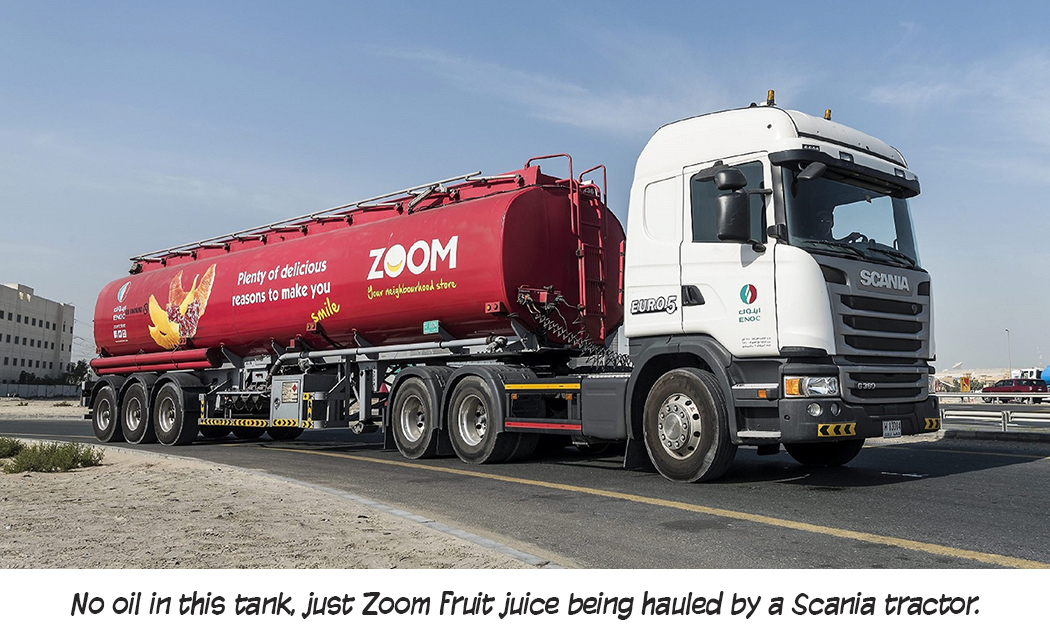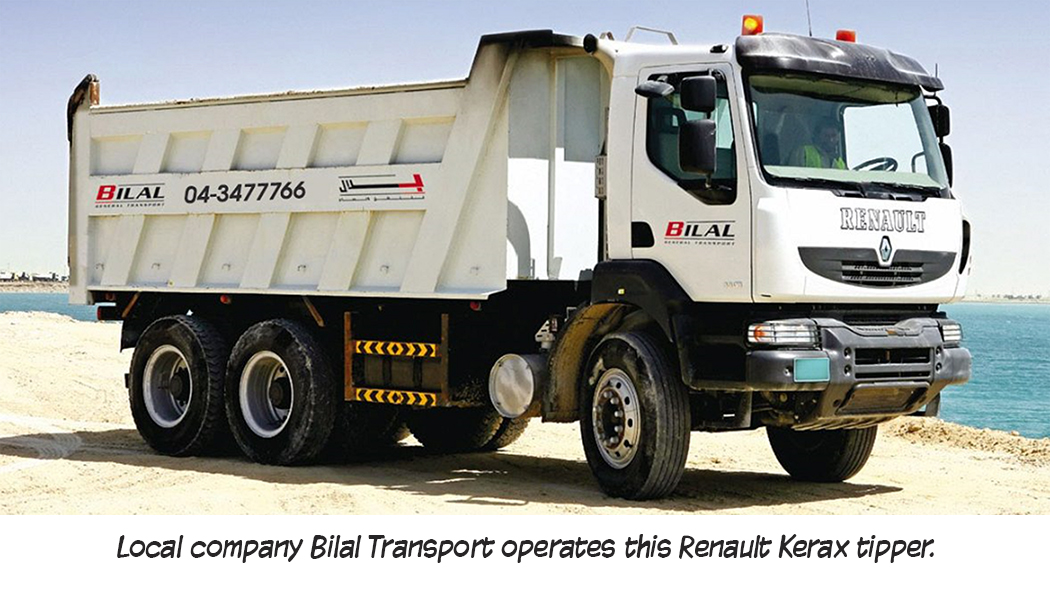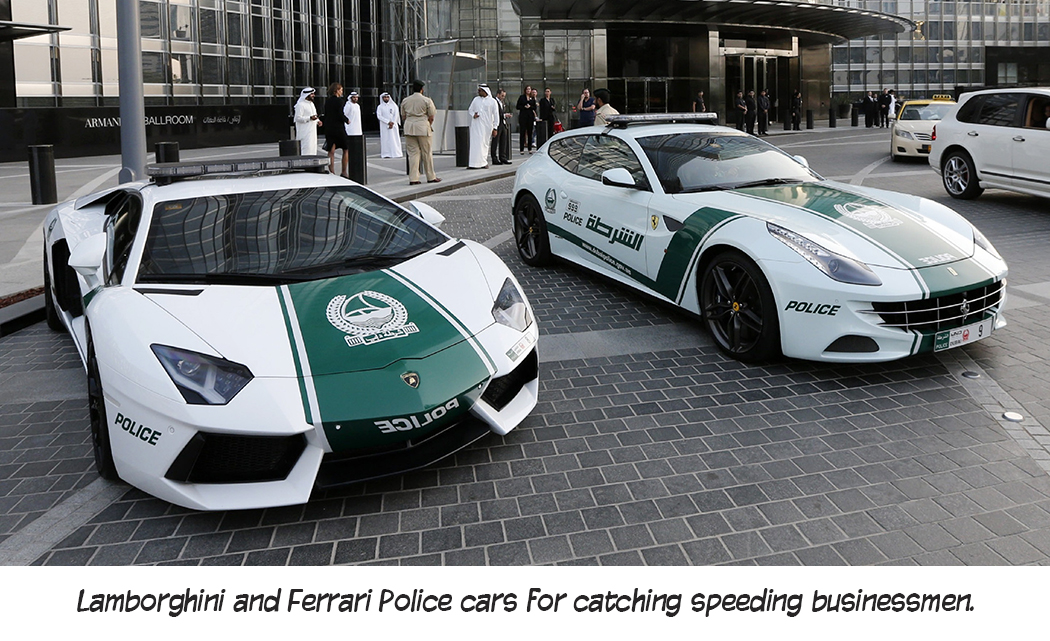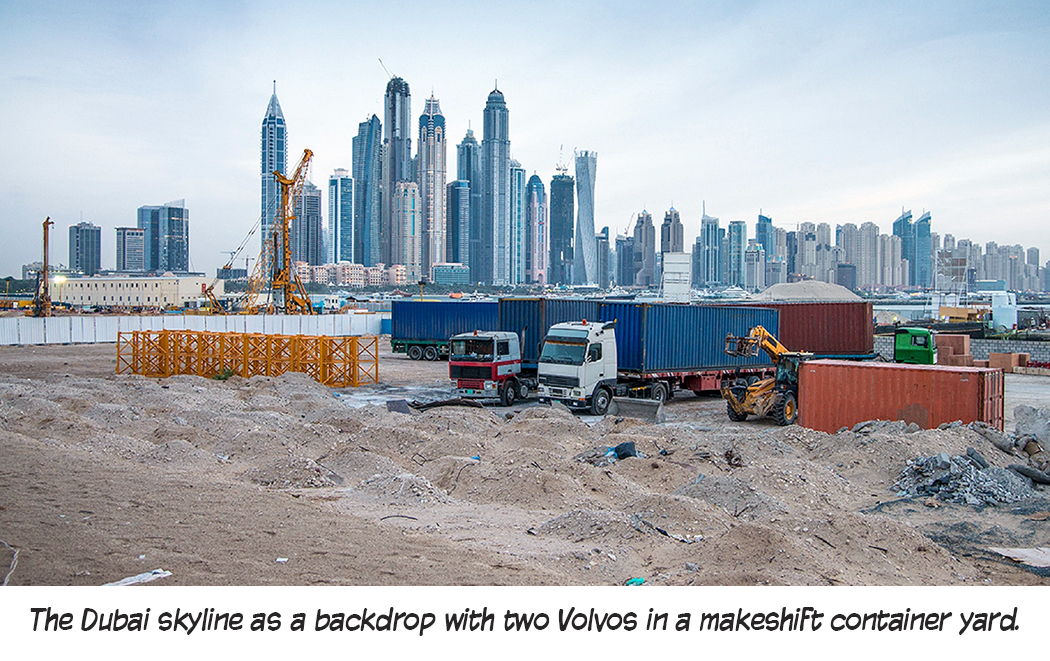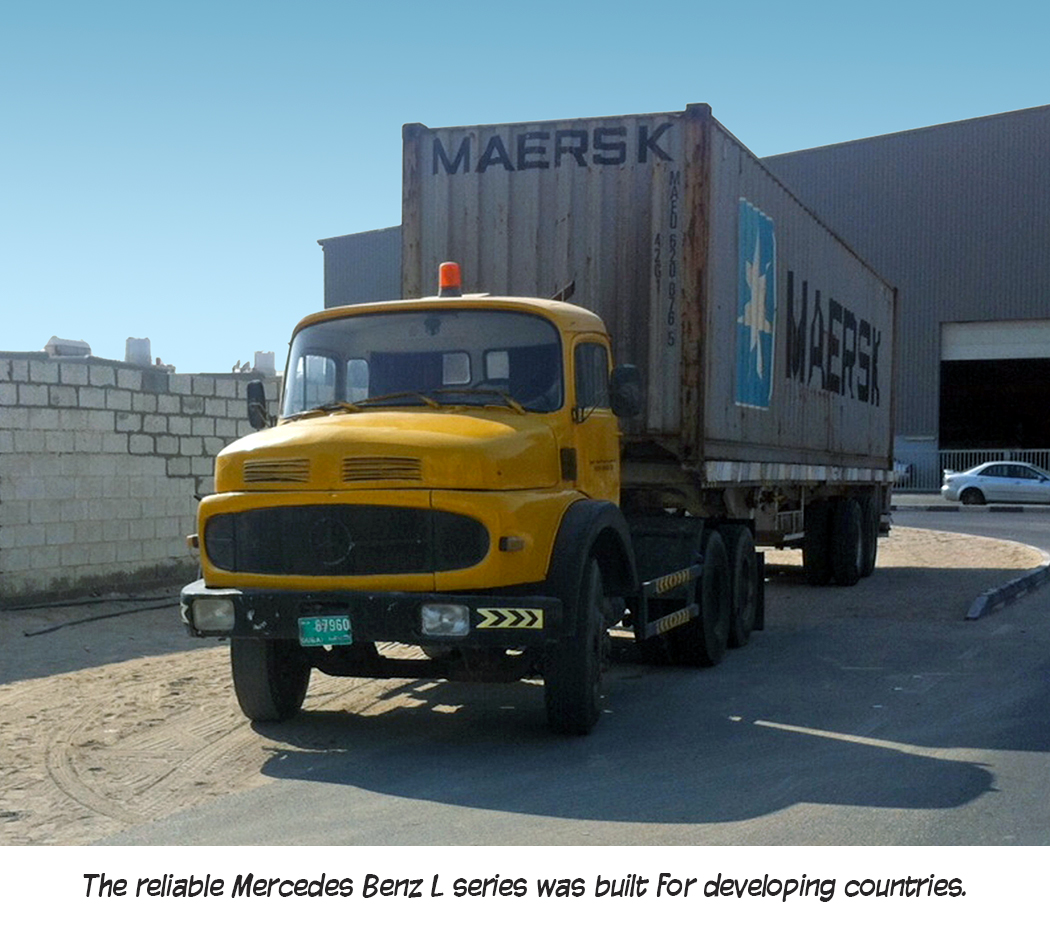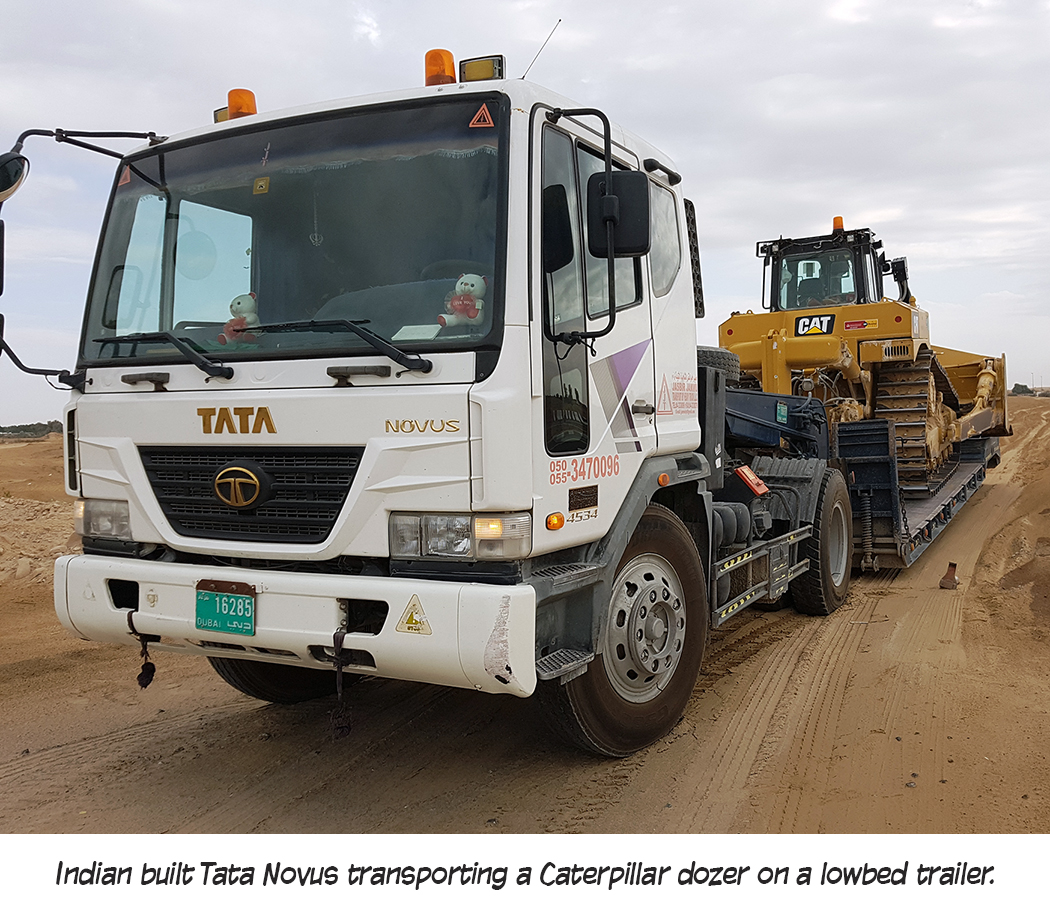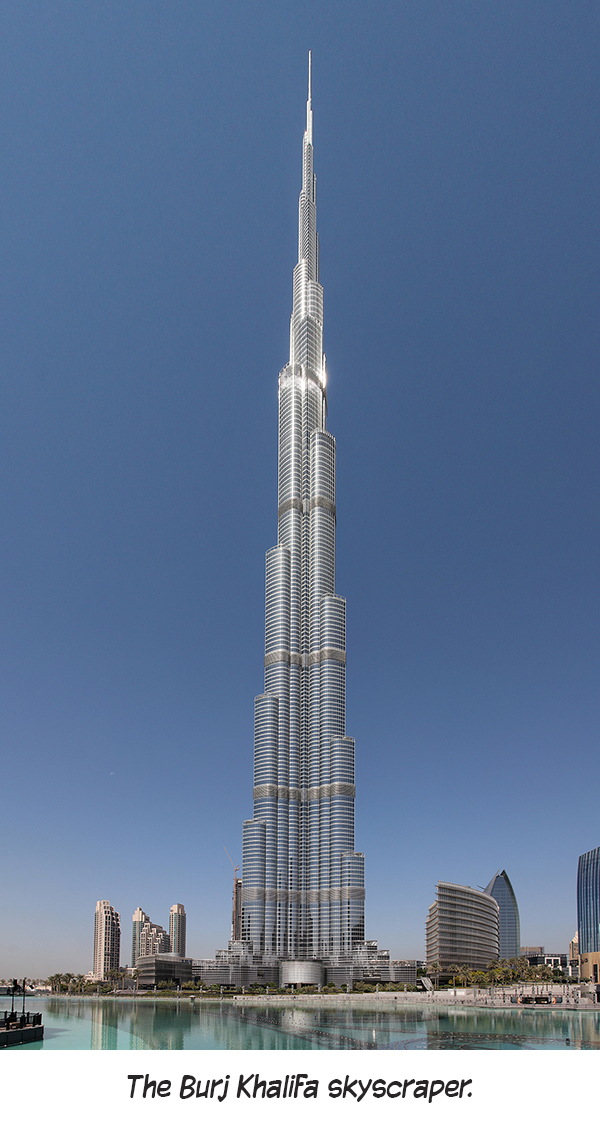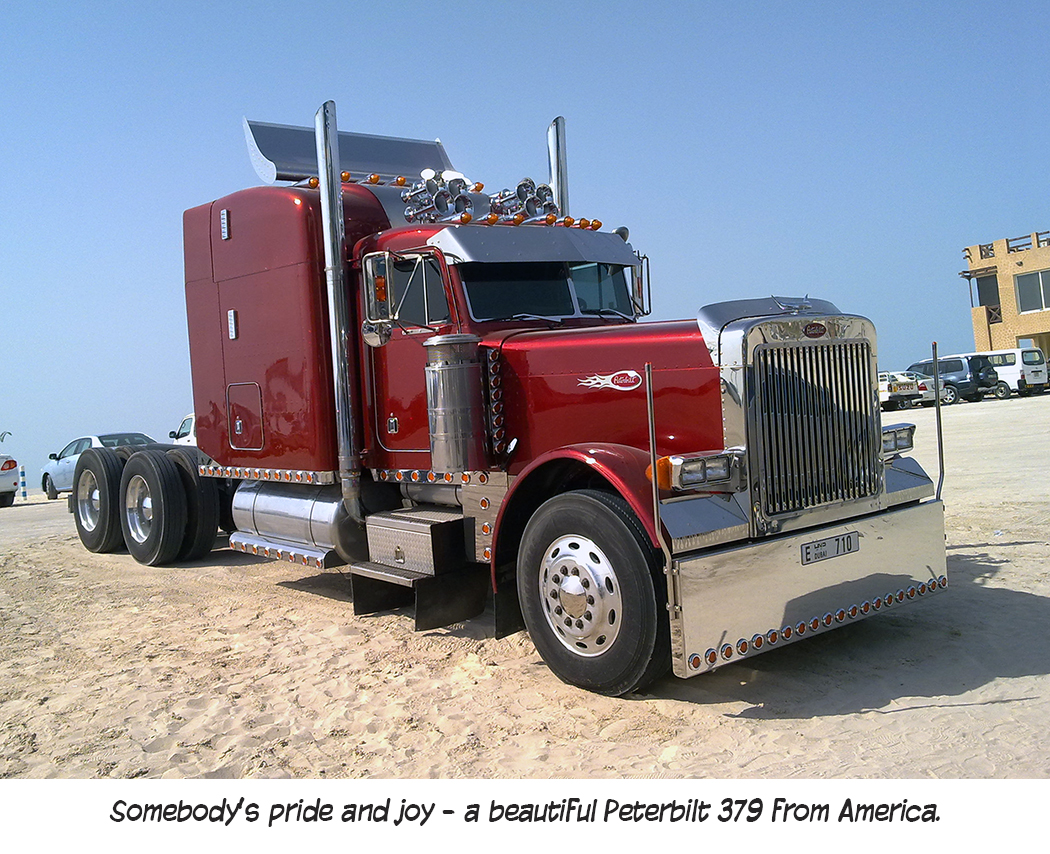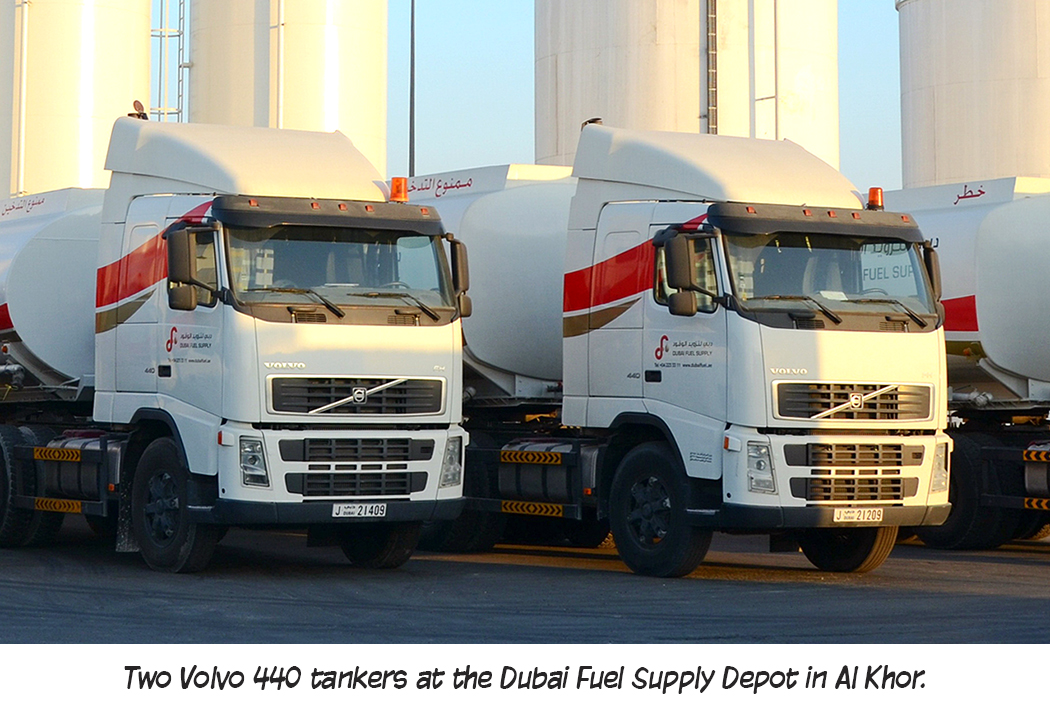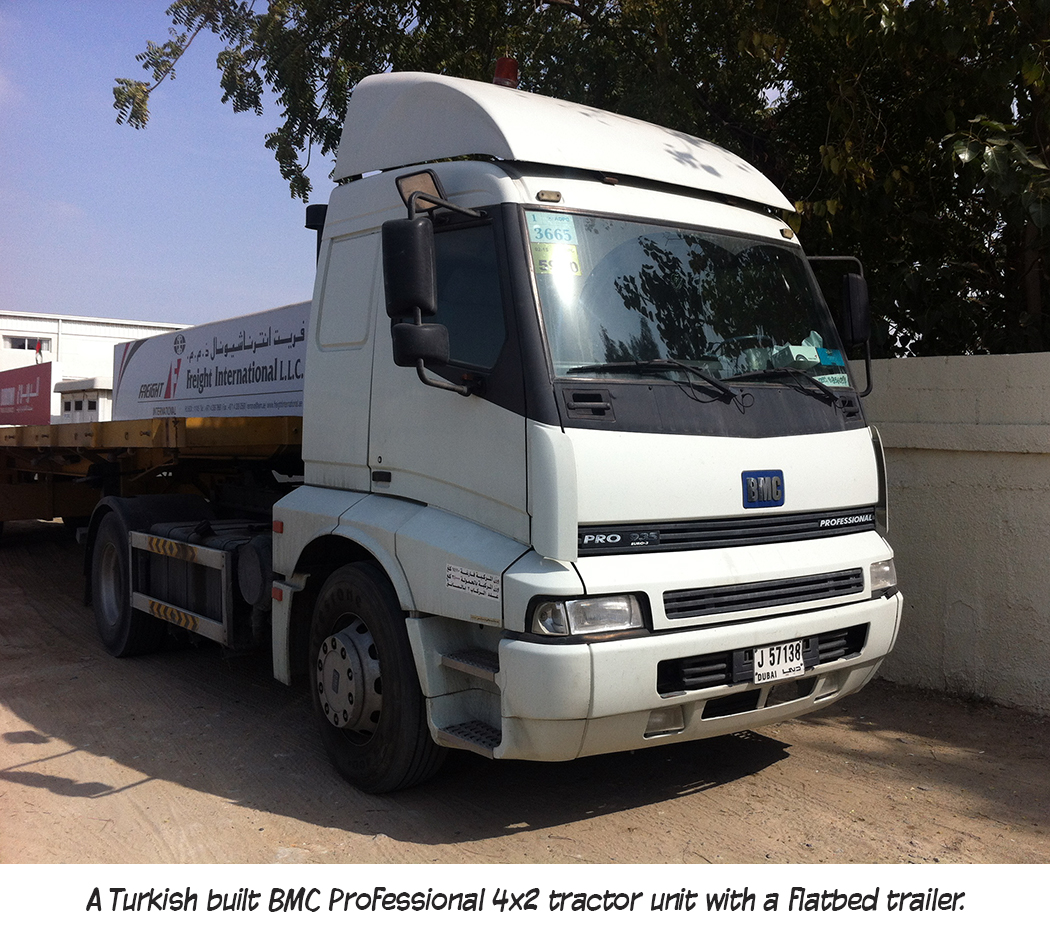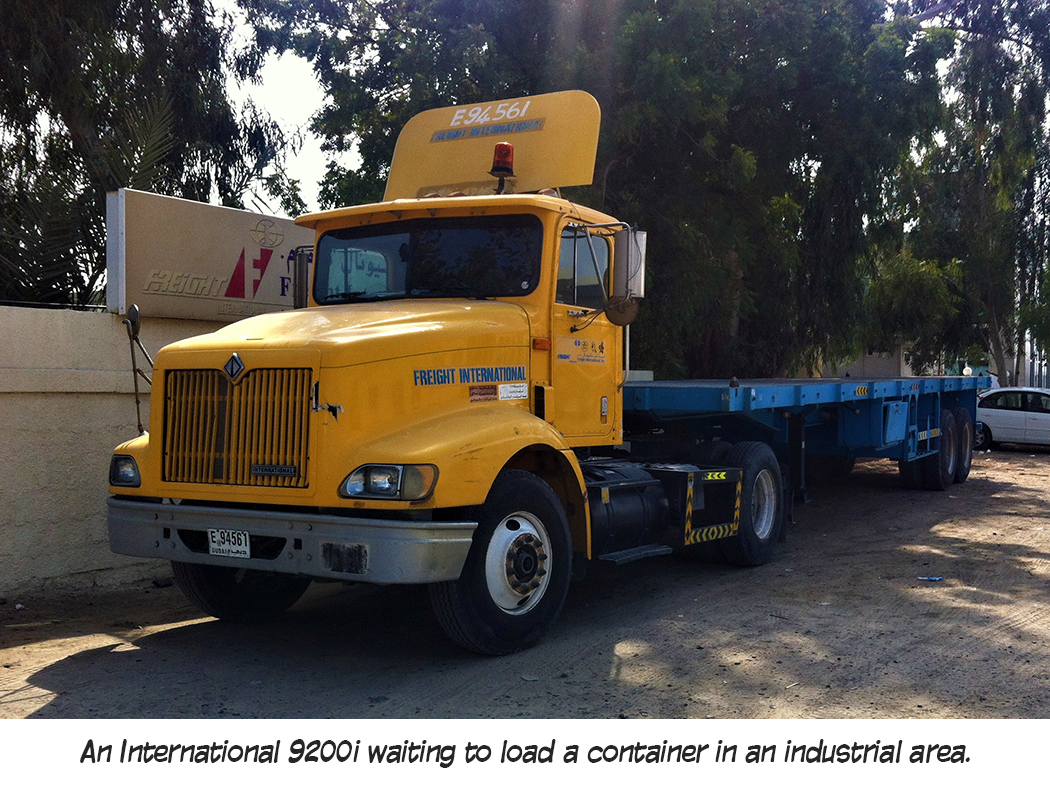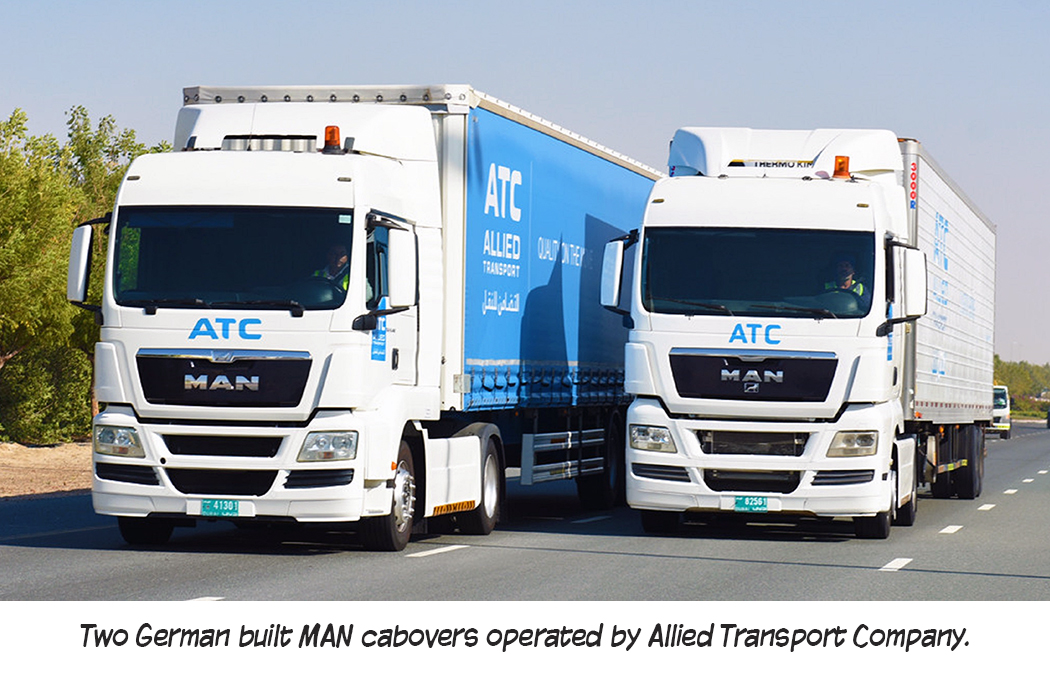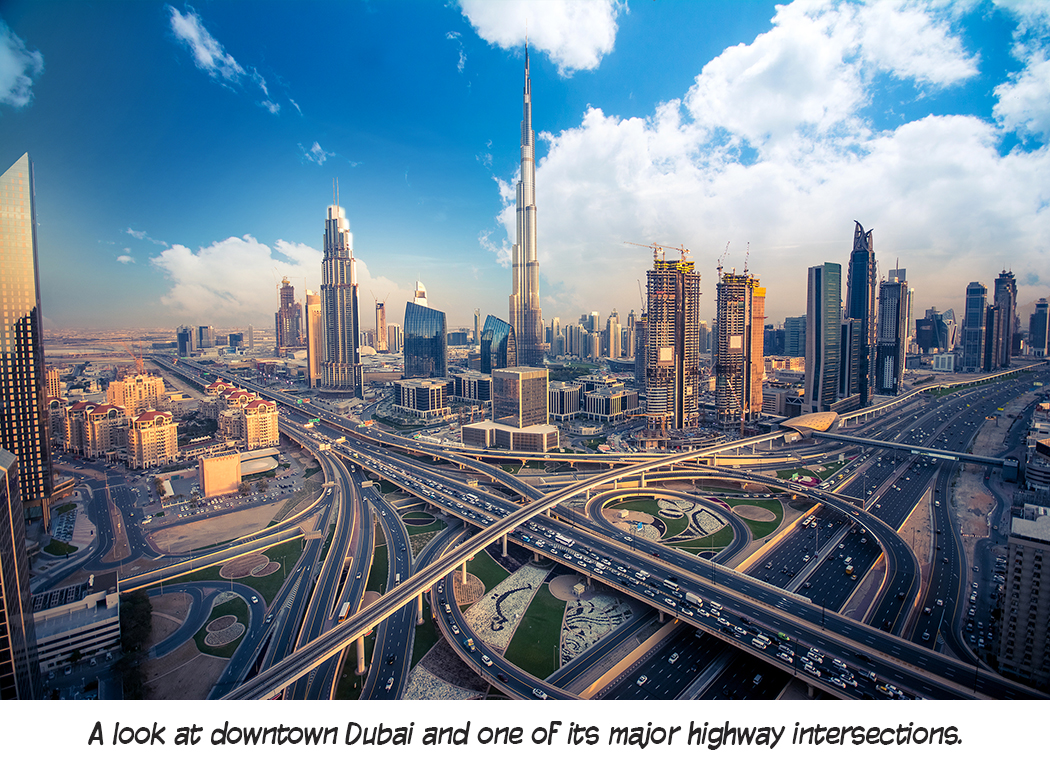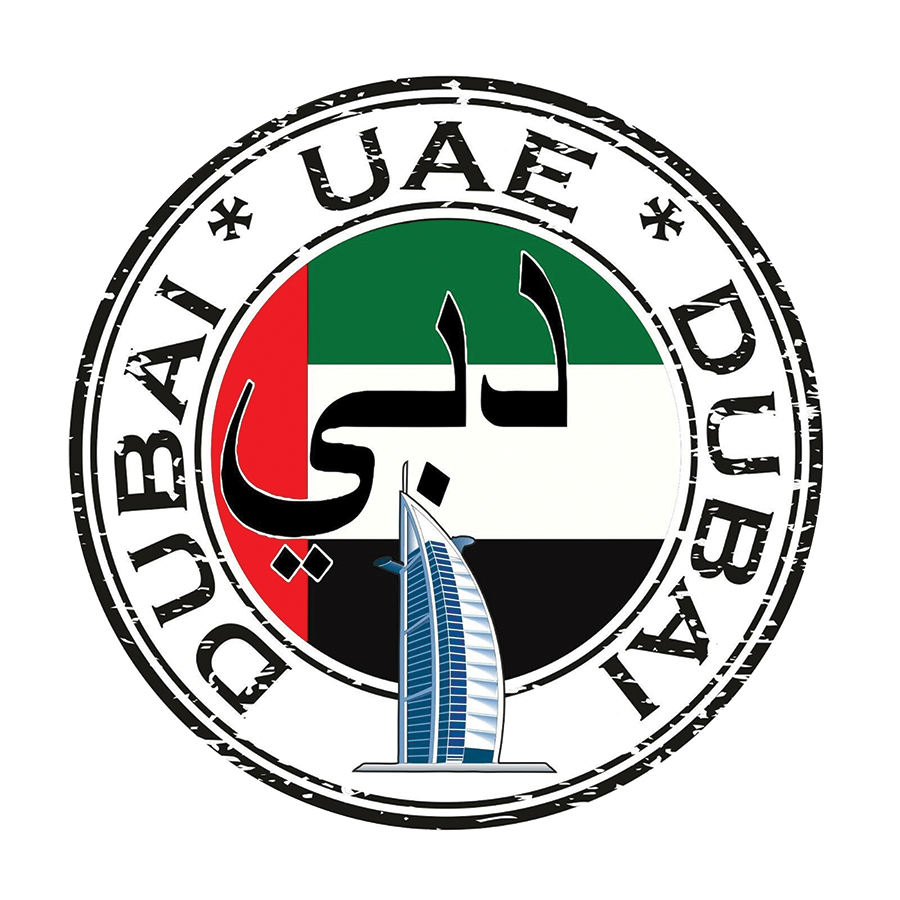Known as the “City of Gold” due to a bustling gold trade, Dubai is one of the largest cities in the United Arab Emirates, with a population of 2.7 million people. With a good reputation for public safety, exclusive real estate properties and world-renowned shopping options, this ultramodern business hub has come a very long way in a relatively short amount of time.
It all began to happen in the 1960s when, after years of exploration, oil was discovered in Dubai’s territorial waters. Money from oil helped to form the basis of what the city is today, but that limited natural resource is virtually depleted. Today, only a small percentage of revenue comes from Dubai’s remaining oil reserves, making up only a small portion of the total combined Emirates wealth. The new economy of this firmly established city now comes from outside sources such as tourism, gold trading, real estate, financial services and aviation.
The real estate sector in Dubai is much the same as it would be anywhere else in the world, subjected to peaks and valleys. There was a serious downturn a few years back, when investors lost a lot of money on their property investments, however the latest projections forecast a healthy picture. Regarding aviation, Dubai has invested heavily in several advanced teaching facilities, covering every aspect of the aviation industry.
Dubai is known as the “City of Gold” which refers to its large gold trade industry. The city has built itself up as a center for the gold trade and its geographic location couldn’t be any better. It is ideally situated between gold sources in Africa and consumers in the rising economies of China and India. The city has 600 shops or outlets selling gold to tourists, traders and residents.
The city of Dubai has the largest mall, the tallest hotel, the second largest man-made marina, and boasts the biggest aquarium in the world. Also, the Burj Khalifa, a 2,717-foot-tall skyscraper in Dubai, is the tallest man-made structure in the world. With 154 floors plus nine more for maintenance, the building, made of reinforced concrete, is also home to the highest mosque, restaurant and nightclub. The Palm Jumeirah is an artificial archipelago (chain of islands) made in the shape of a giant palm tree off the coast of the city. With thousands of homes and exclusive hotels, two more “palms” are currently being constructed (Palm Jebel Ali and Palm Deira).
Today’s Dubai is a far cry from the city before oil, when it was really no more than a small port and fishing town. Back in the day, pearl diving was one of the main trades, which took place off Dubai in the Persian Gulf. There was a fleet of around 300 dhow ships (a generic name for a specific type of boat) which took around 7,000 divers out to sea, for months on end, searching for pearls. But not all things are constant, and Dubai’s pearl industry later fell into decline. This was based on several factors, one being the Great Depression of the 1930s. At that time, not many people could afford the necessities, let alone pearls. This, coupled with the Japanese making a big business out of producing cultured pearls, had a wider negative impact in this now-defunct industry in Dubai.
With a very low crime rate, Dubai is considered to be one of the safest cities on Earth. Their approach to law enforcement is very strict, and it is mainly foreign visitors who fall foul of it. The locals, for the most part, live their lives to a high standard of morality apart from one major problem area – wealthy businessmen who speed profusely in their high-performance supercars. To combat this successfully, unbelievably, the Dubai police force has a number of high-performance sports cars of their own, including Lamborghinis, Ferraris, McLarens, Bugattis and Bentleys.
Road transport vehicles in Dubai are very cosmopolitan and, as you might expect, in far eastern locations like Dubai, there is a mix of old and new. There are lots of American, Turkish, Indian, European and Chinese trucks in the city. Most brands have dealerships or distributors in the UAE region.
Not that long ago, there were very few vehicles in Dubai, but today it is estimated that there are over a million vehicles operating in the region. This number grows from 5-9% annually. The meteoric growth of the city comes with additional problems on the road network. What was adequate when built a few years ago, is now beginning to struggle. Large amounts of construction projects are being carried out in making the road infrastructure better for all inhabitants, along with the high volume of visitors.
Sadly, truck and bus drivers are considered the most dangerous of all road users in Dubai. Statistics show that they are to blame for a large number of accidents. Dubai’s Roads and Transport Authority (RTA) are constantly targeting all drivers responsible for accidents. The aim is to do whatever it takes to raise their skills and safety standards. The RTA is tackling these issues in phases, with the latest emphasis being on the installation of an electronic monitoring device to detect faults in heavy trucks that are more than 20 years old.
The device has numerous features, which also monitors the driver, including hours driven, attitude of the driver and road behavior, including instances of reckless driving, sudden or hard braking, unsafe acceleration, speeding, driving in prohibited places and accidents. The device remotely reports all instances of wrongdoing directly to the Licensing Agency of the RTA. Nicknamed “The Mole” by drivers, for obvious reasons, all new trucks are now being fitted with the intrusive devices, as well.

